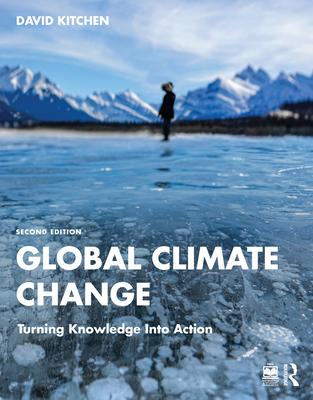Earth's climate is changing. This book investigates the scientific, environmental, social, political, and economic aspects of climate change. It enables students to reach an informed opinion and encourages active engagement in finding solutions.
It begins with a strong introduction to the scientific factors that drive natural and anthropogenic climate change and expands over three chapters to explore the impact of greenhouse gases on the distribution of solar energy across land, sea, ice, and air. The author examines geologically ancient climates in order to highlight possible future scenarios, and case studies from around the world highlight the impact of climate change on the physical and human environment. The final chapters investigate how society can respond to the challenges of climate change and overcome the political, social, and economic factors that are barriers to progress, focusing on the role of energy policy, fiscal policy, and risk assessment as a means to stimulate discussion about science, society, and the role of the media. Science is the foundation of any solution, but to turn this knowledge into action requires the application of a broad set of skills that are rooted in the liberal arts experience such as critical thinking, analytical thinking, problem solving, and communication.
This textbook will be an essential resource for students taking courses in environmental geography, climate change, natural hazards, climatology, and meteorology.
